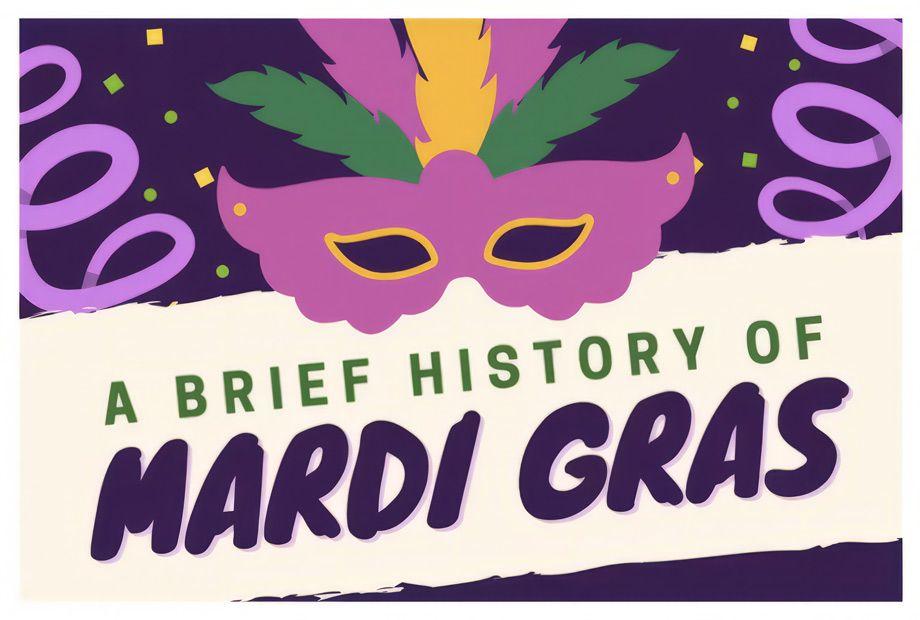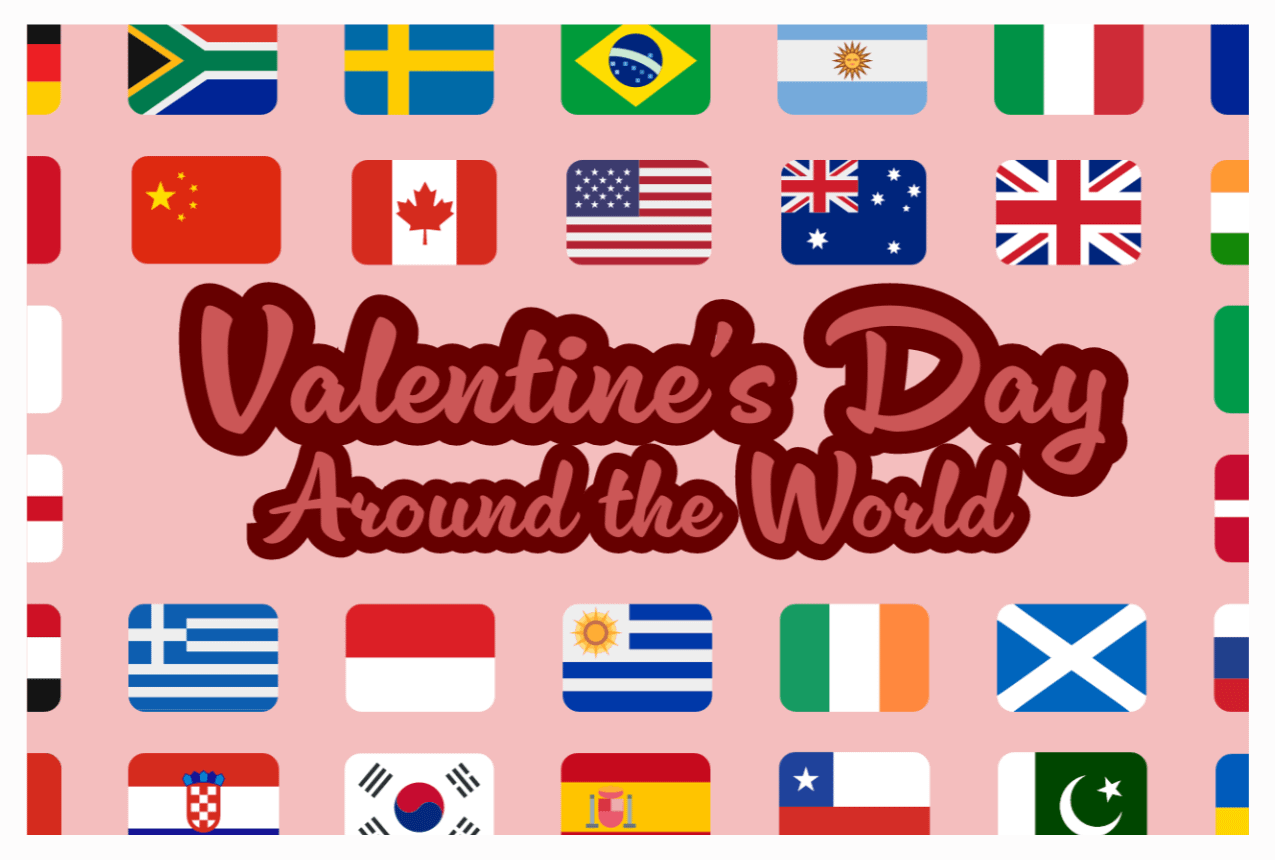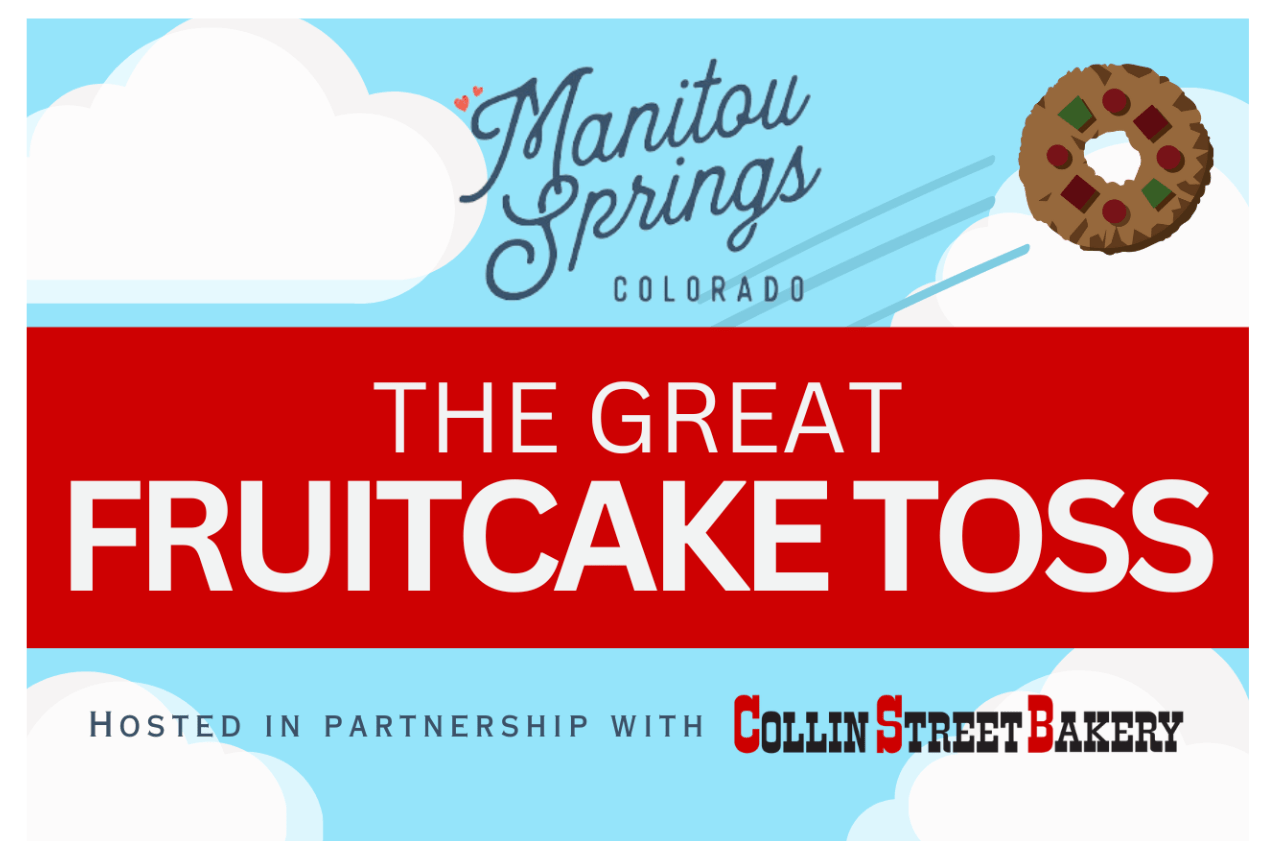Learn how Mardi Gras began while discovering great Mardi Gras desserts
Mardi Gras is a centuries-old tradition that dates back to the Middle Ages. It was initially celebrated by European Christians as a way to mark the beginning of Lent and to prepare for the fasting period of Easter. Today, it is one of the world's most colorful and vibrant festivals, featuring party-like parades, elaborate costumes, lively music, and indulgent feasting. Join us in exploring the history of Mardi Gras while discovering sweet dessert ideas for this year’s celebration!
 Painting by French history painter Thomas Couture depicting Romans during the Saturnalia
Painting by French history painter Thomas Couture depicting Romans during the Saturnalia
The Origins of Mardi Gras
Mardi Gras’ origins can be traced back to types of ancient pagan festivals and medieval European traditions of Saturnalia and Lupercalia, celebrations held in anticipation of spring. Upon the arrival of Christianity to Europe, these festivals morphed into religious holidays, as it was easier to combine rather than abolish the region’s established traditions into the new religion. These specific festivals' dates coincided with the Easter holiday. Thus, Mardi Gras became the six-week prelude to Lent, the 40-day period of fasting that precedes Easter.
How did Mardi Gras get its name?
The celebration was passionately adopted by French Catholics and was initially called “Boeuf Gras,” or “fatted calf.” Later on, the name “Mardi Gras,” which translates to “Fat Tuesday,” gained favor as the holiday’s preferred title, since the last day of the festival season was celebrated on the Tuesday preceding Ash Wednesday.

What is Shrove Tuesday?
As Christianity spread throughout Europe, so did the adopted pre-Lenten festivities. In England, Mardi Gras became known as Shrove Tuesday or Pancake Day. The name of the holiday derives from when Anglo-Saxon Christians were summoned by the tolling of a bell to come to confession prior to starting Lent. This bell came to be called the “Pancake Bell.” Once absolved from their sins, otherwise known as “shriven,” individuals would head home to use the last of the household’s indulgent and fattening ingredients prior to the Lenten fast. Pancakes, customarily made using butter and eggs and topped with syrup, sweetened fruit preserves, or chocolate, checked these required boxes, thus explaining the inevitable adoption of the name Pancake Day.
What’s the difference between Mardi Gras & Carnival?
In short, Mardi Gras and Carnival are the same celebrations going by two different names. As global colonialism expanded westward from France through Spain and Portugal and across the Atlantic Ocean, European settlers brought their cultures and traditions to North America, South America, and the Caribbean nations. This prompted the local people’s adoption of the settlers’ pre-Lenten Catholic celebration. As a customary practice in Lent, participants refrain from eating meat. Therefore, it comes as little surprise that the name Carnival can be traced to medieval Latin phrases “carnem levare” or “carnelevarium,” which roughly translates to “Goodbye to meat.” Unlike Mardi Gras, the celebration of Carnival has not been distilled into a single-day event. The dates on which Carnival is observed vary, but typically the Carnival season falls between January and March, with its conclusion occurring on the Tuesday before Ash Wednesday.
 Dancers in costume at Carnival at Sambodromo in Rio de Janerio
Dancers in costume at Carnival at Sambodromo in Rio de Janerio
Carnival is popularly celebrated in the city of Rio de Janeiro in Brazil, Trinidad and Tobago's Port of Spain, and El Callao, Venezuela. Epitomized by its vibrantly colored floats and costumes, massive parades, and an abundance of food, music, and festivities, cities that play host to large Carnival celebrations experience massive influxes of tourist traffic before and during the festival. Rio de Janeiro’s Carnival is considered the biggest Carnival in the world, with roughly two million people celebrating each day.
How did Mardi Gras begin in the United States?
Mardi Gras was first celebrated in what is now the United States on March 2, 1699. The holiday was established by French-Canadian explorer Jean Baptiste Le Moyne Sieur de Bienville when he departed France to plant a colony at the mouth of the Mississippi River. Upon landing on a stretch of land roughly sixty miles south of New Orleans, Jean Baptiste realized it was the eve of the holiday, prompting him to name the land “Pointe du Mardi Gras.” Three years later, in 1702, Jean Baptiste also established the settlement of Fort Louise de la Louisiane, also called Fort Louis de la Mobile. This settlement would later become known as Mobile, Louisiana, and would be the site of the first Mardi Gras celebration in the United States. The connection between Mardi Gras and Louisiana explains why the holiday is most commonly associated with New Orleans.
The intersection of New Orleans Street & Bourbon Street
During Mardi Gras, at least 1 million visitors take to the streets of New Orleans to participate in the city's iconic Fat Tuesday parades and festivities. The celebration features brass bands, parades, king cakes, and beaded necklaces, with day-long festivities packed with food, music, and drinks. While revelry can be found all over the city, arguably the highest concentration of celebrations can be found on Bourbon Street. Coincidently associated with drunken debauchery, it surprises many to learn that Bourbon Street, was named not after the amber color liquor, but after the ruling French family of the day. The city’s layout, designed in 1721 by royal engineer Adrien de Pauger, included street names honoring the French royal houses, Catholic saints, and France’s ruling family, the House of Bourbon.
How many countries celebrate Mardi Gras?
According to The Economist, Mardi Gras is celebrated in more than 50 countries, including Europe, North America, South America, Asia, and Africa. While the celebrations vary from place to place, they all feature a hedonistic combination of indulgent feasting and debaucherous revelry tinged with a dash of religion.
 A king cake with a plastic baby hidden inside
A king cake with a plastic baby hidden inside
The Origin of the King Cake
A signature staple of Mardi Gras is the king cake. A cross between a cinnamon roll and a coffee cake, a king cake is a ring-shaped pastry typically covered in white icing and decorated with stripes of yellow, purple, and green edible glitter, whole pecans, and candied cherries. A tiny plastic baby is baked inside the cake. As tradition goes, whoever discovers the baby inside their slice of cake is supposedly brought good luck. Depending on which origin story you hear, you might learn that the king cake was derived from the Biblical Christmas story of the three kings. Originally made to celebrate Three Kings Days, also known as the Catholic Epiphany, the baby in the king cake represents infant Jesus. The second origin story of the cake, the pagan version, originates from the winter solstice celebration of Saturn, the god of agriculture. In this festival, beans were baked into cakes to celebrate the harvest. Whoever found the bean inside the cake was named “king of the day.”
Whether you celebrate with parades, feasting, or just a slice of cake, Mardi Gras is a joyful time of revelry and indulgence. This year, join in the fun by ordering your Fat Tuesday desserts from Collin Street Bakery today.











Leave a comment
This site is protected by hCaptcha and the hCaptcha Privacy Policy and Terms of Service apply.